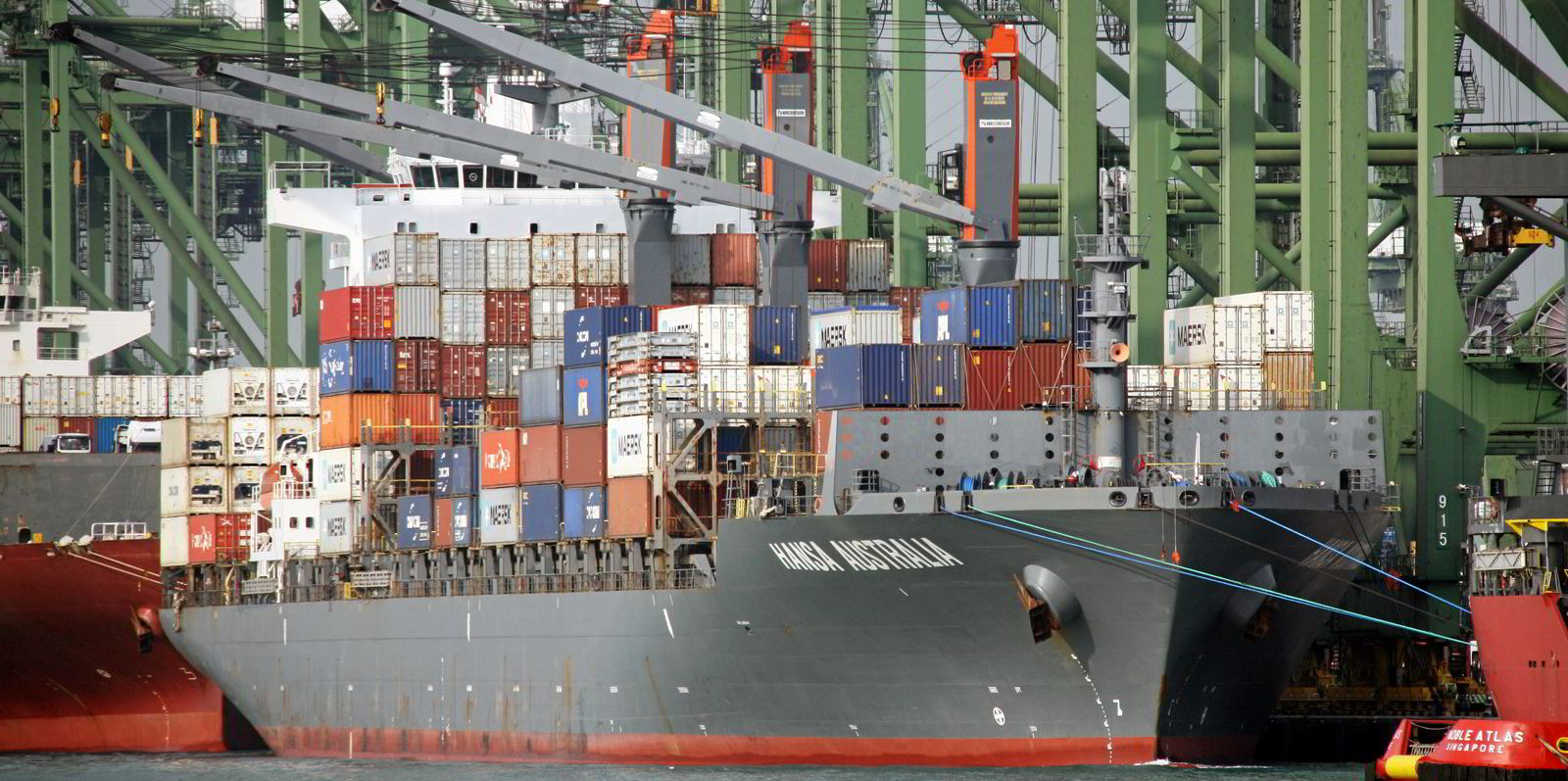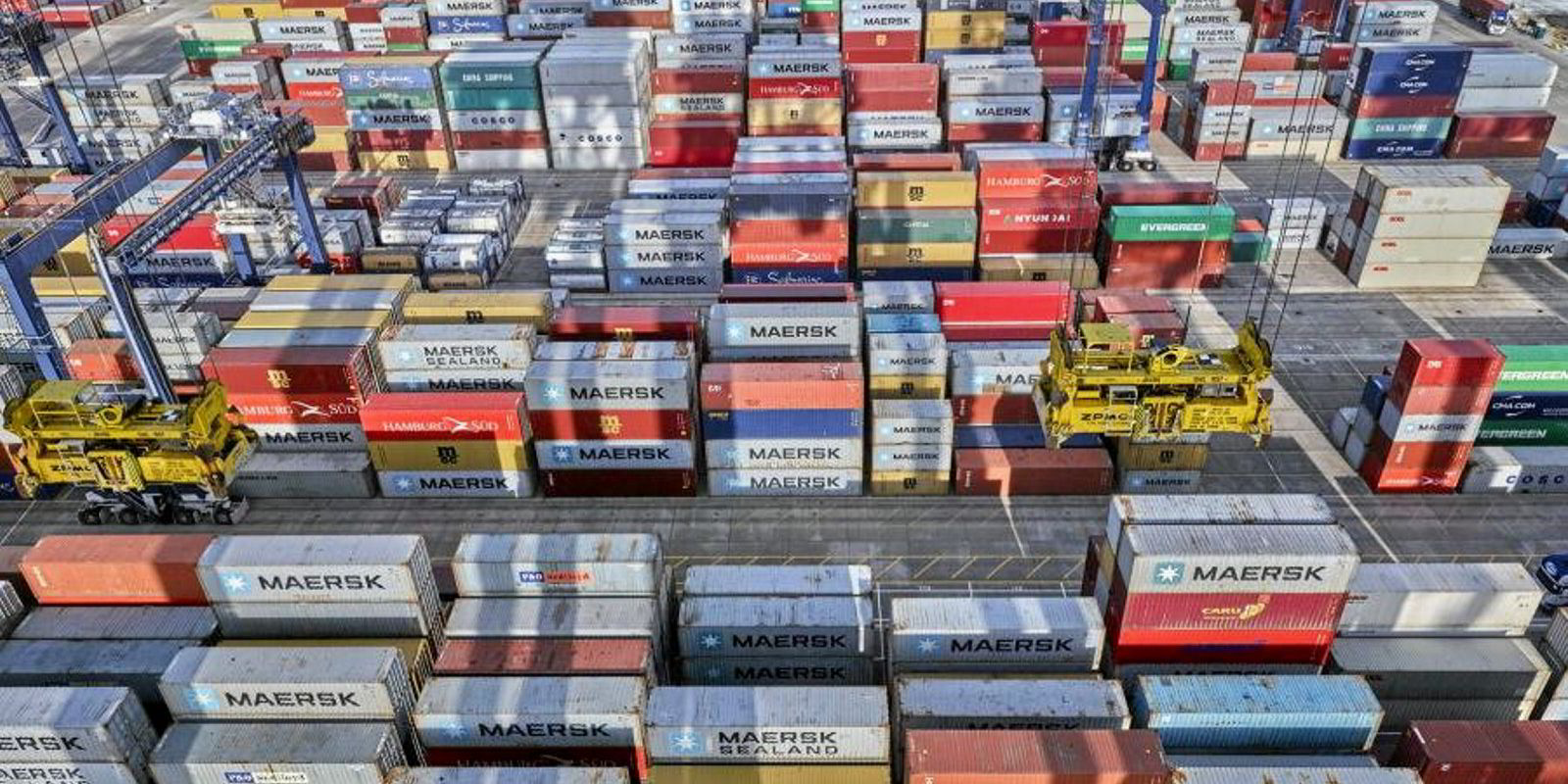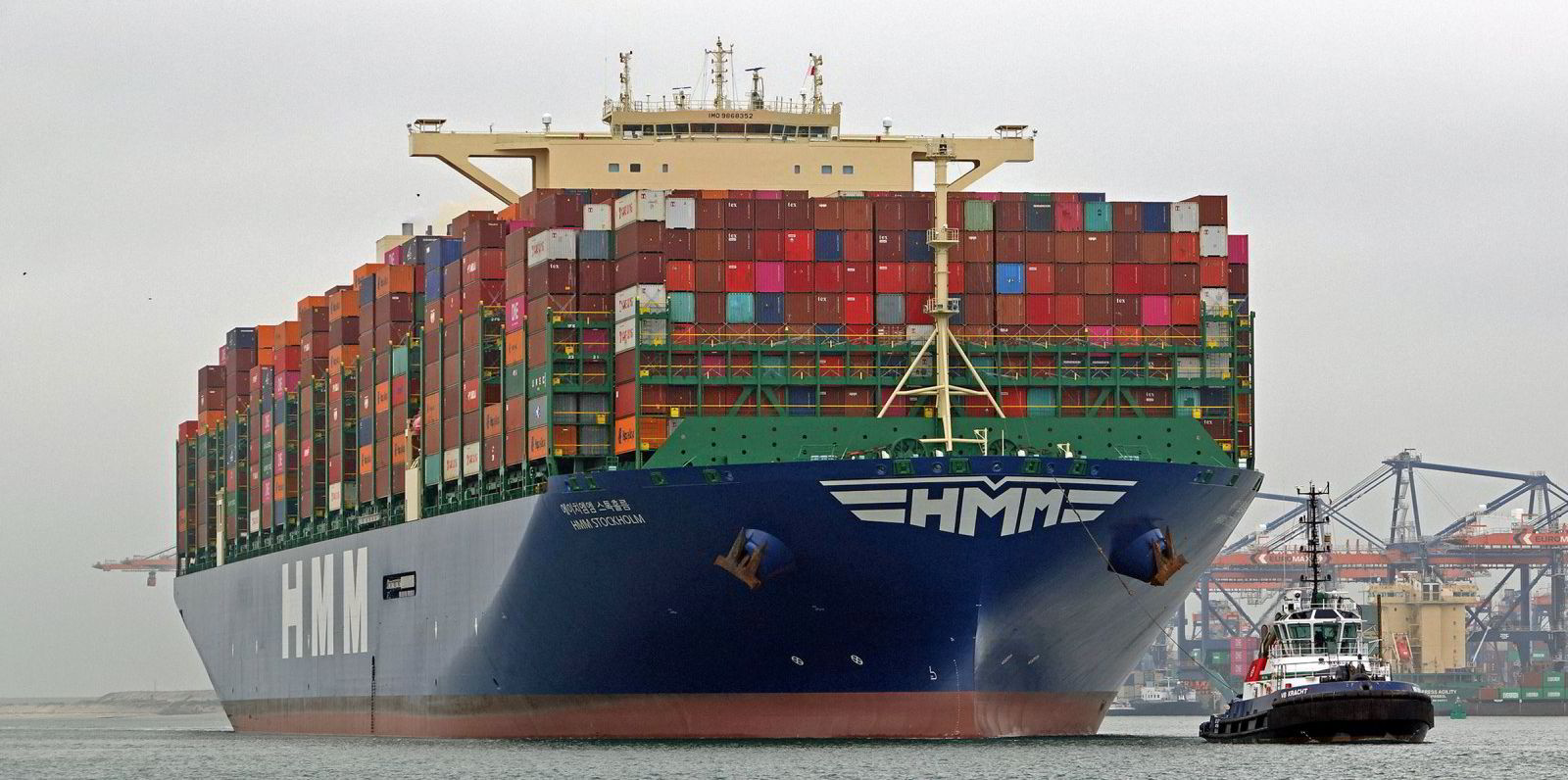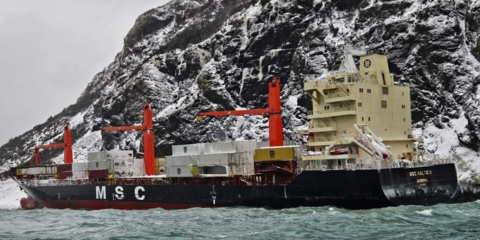Container shippers face another challenging period, with spot rates returning to their highest levels outside the pandemic era.
Spot rates measured by the Shanghai Containerized Freight Index breached the 2,520 mark on 17 May.
The only time it has been higher was during the Covid era from the beginning of 2021 to September 2022.
For the rest of the previous decade dating back to 2009, spot rates mostly traded at around half those levels or lower.
A sudden surge in spot rates has surprised liner operators and shippers alike.
Many had just signed long-term contracts, which are traditionally closed in May.
Had the spike been expected, long-term contracts would have been done at higher levels, say analysts.
Instead, contract values remained relatively flat, although Hapag-Lloyd said this week that its contracts are slightly higher than last year.
Pandemic repeat
The widening gap between spot and contract rates has sparked fears among shippers that problems seen during the pandemic will be repeated.
Cargo is increasingly at risk of being rolled because of the growing gap in short-term and long-term freight rates, suggesting that carriers are playing the two markets separately, Xeneta senior shipping analyst Emily Stausboll said.
“Carriers have now mostly agreed new long-term contracts for the next 12 months at lower rates than they maybe could have pushed for, given the spot market is still elevated,” she said.

“This was likely done to secure long-term volumes due to the prospect of a large-scale return of container ships to the Red Sea; a situation which is currently absorbing some of the overcapacity in the market.
“If carriers are able to make money from shippers who want to use the spot market to front-load additional volumes ahead of peak season, then clearly they are going to take that opportunity, and that is what we have seen in the rate increases in May.
“Shippers will also be aware that the bigger the gap gets between the short and long-term markets, the higher the risk becomes that their cargo may get rolled, especially if it is being moved on a long-term contract at the low end of the market.
“Even if there is still capacity in the market, the fear factor can push up rates.”
Lessons learned
The current spread between spot and contract rates is “unusually high”, but it is unlikely to be sustained, according to Hapag-Lloyd chief executive Rolf Habben Jansen.
“At some point, something will have to give,” he told Wednesday’s earnings call.
“I mean, a lot of contracts have right now been concluded for the remainder of the year.”
On the transpacific, space is reportedly getting tight for shippers.
There are also reports of rolled containers and full booking through to the end of the month to northern Europe.
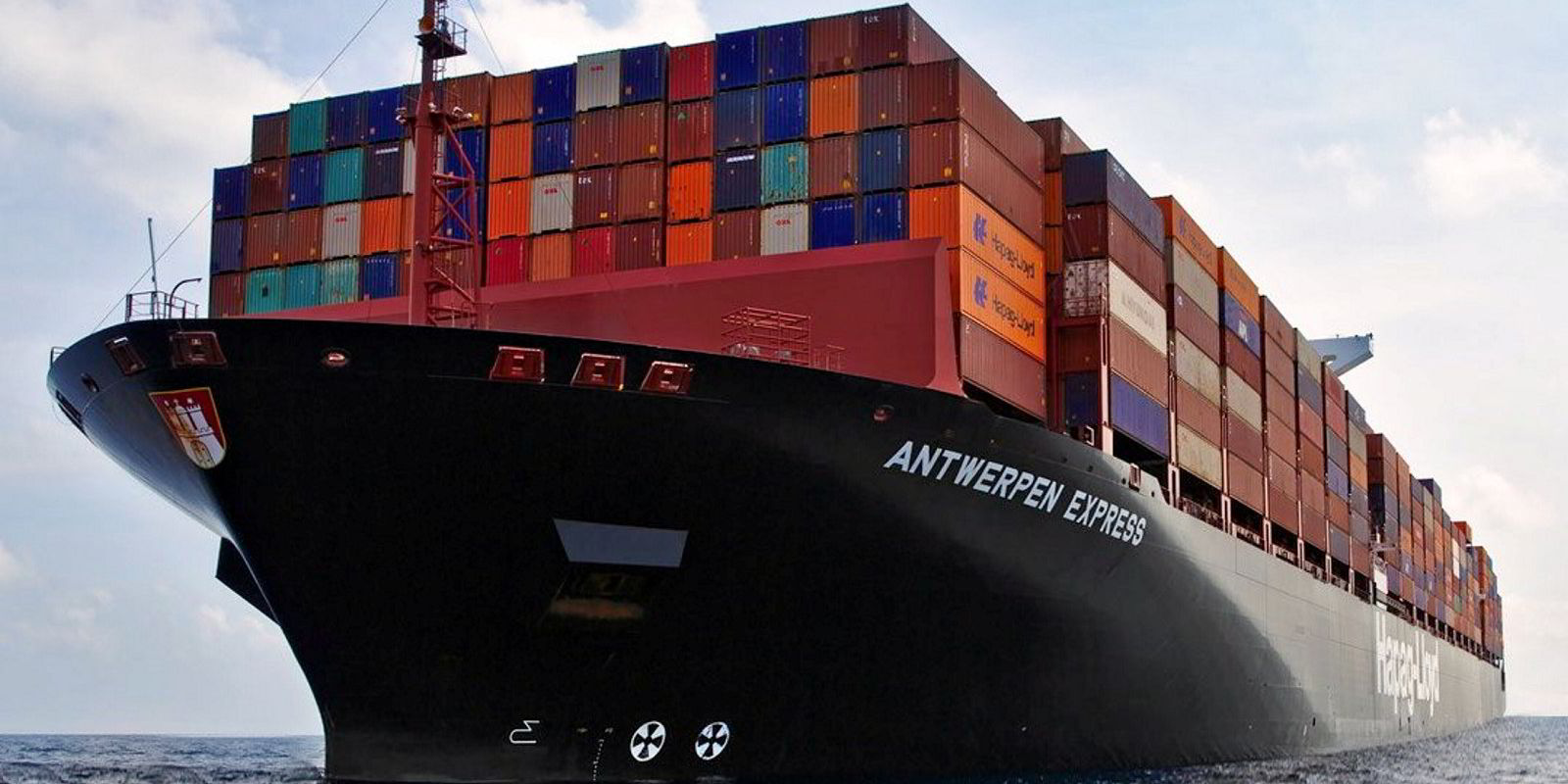
That has not been alleviated by the delivery of a raft of newbuildings, with more than 1m teu of new fleet capacity delivered this year so far.
Alphaliner reported that the members of the three mega-alliances still lack 36 vessels of 14,500 teu each to fully staff their 25 Asia-Europe loops.
This represents almost 10% of the total capacity required to guarantee weekly sailings for all alliance loops on this trade.
The extra ships are needed as 24 loops are being rerouted via the Cape of Good Hope because of the Red Sea crisis.
“Cargo owners would definitely like carriers to add extra Asia-Europe capacity as westbound spot freight rates are rising fast due to a combination of strong cargo demand and a shortage of ships,” Alphaliner noted.
This is happening while the chaos of port congestion and lack of available capacity during the pandemic is still fresh in the memory of shippers, said Stausboll.
“Lessons will have been learned from the pandemic. If shippers fear there is going to be a squeeze on capacity during the peak season in Q3, then they are going to start importing more goods now,” she said.
“If these increased volumes need to be moved on the spot market, then it is going to put upwards pressure on rates.”(Copyright)
